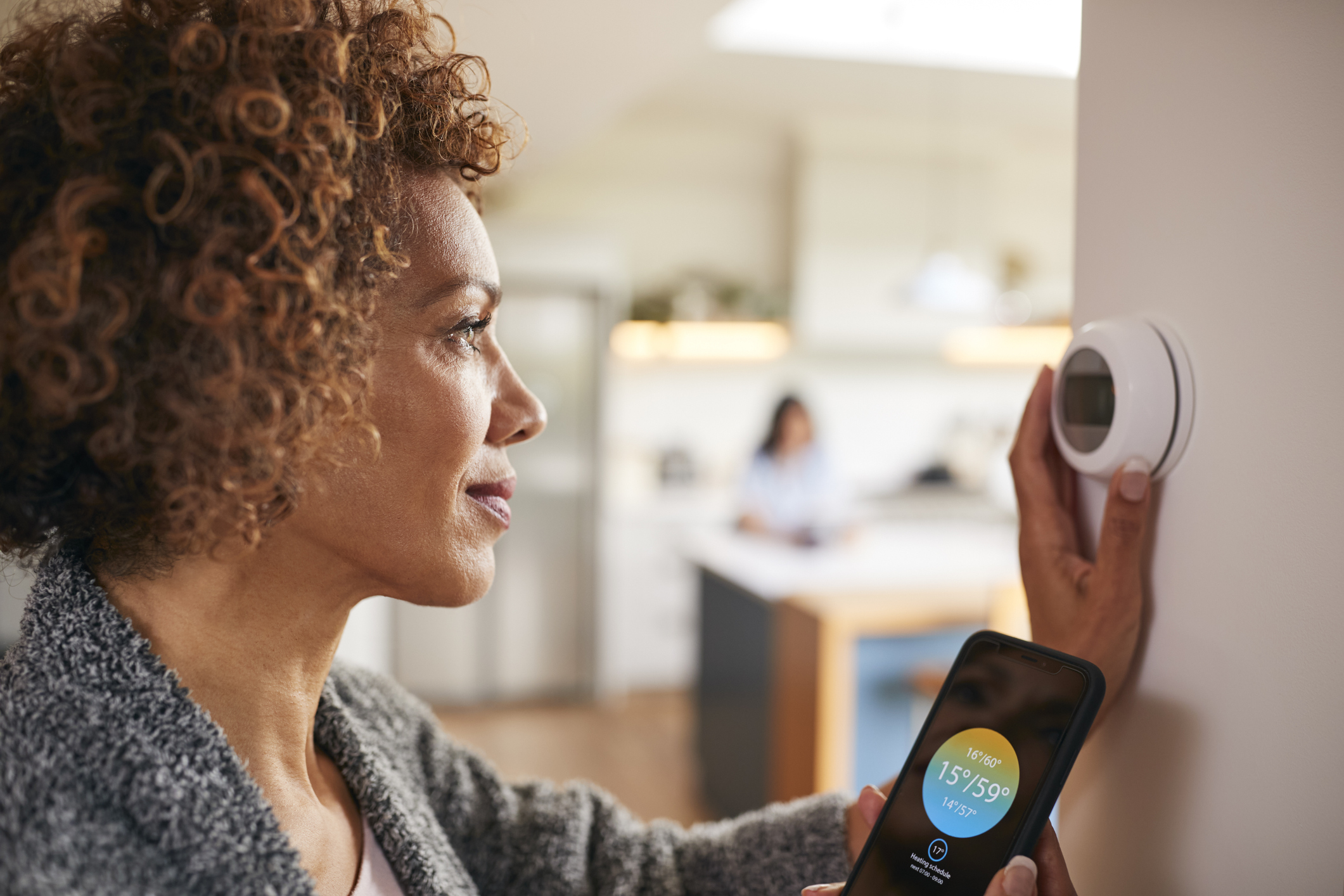How data will power the Internet of Energy
The term ‘Internet of Energy’ or ‘Internet of Energy Things’ is becoming a hot topic as Britain’s energy network digitises. DCC’s secure smart meter network and the data it carries will play an important role in the growth of the Internet of Energy. But what is it and why is it important for Britain?
The Internet of Things
To understand the Internet of Energy, you need to know a little about the Internet of Things. The Internet of Things has been around for some time, and the Internet of Energy is related to it.
The Internet of Things describes a world where devices are connected to each other via the internet. Every time a device is used it sends data to another device also connected to the internet and that triggers a response.
For example, your lights might switch on when your outside camera senses that you’re approaching the front door. Or over time, that same light might learn that you always come home at 3.30 in the afternoon and switch on automatically just before you arrive home.
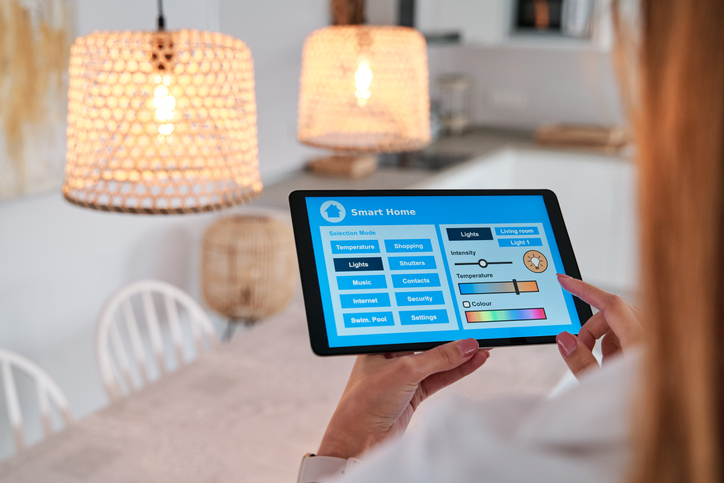
What is the Internet of Energy?
The Internet of Energy is a network of energy generation assets (think windfarms or power stations) that are connected to each other, energy grids, distributors, and consumer modules like solar panels, batteries, heat pumps and smart meters. Some of these assets are connected to the internet and others, like smart meters, are connected to their own private network for security reasons.
The important point is that they are all all connected to each other.
Enabled by cloud computing, energy generation and consumer usage data flows between these modules and is aggregated to form big data sets.
The insights from the data allows energy companies to forecast changes in ‘unpredictable’ renewable energy and consumer demand.
Using this information, the energy system can become more automated, flexibly responding to changes in generation and demand.
'Big data’ allows energy companies to forecast changes in energy generation.
The difference between the Internet of Things and the Internet of Energy
Think of the Internet of Energy as a galaxy in the universe of the Internet of Things. The Internet of Energy connects national energy infrastructure together and connects those assets to consumer devices.
The Internet of Energy also includes the job that needs to be done to upgrade our energy infrastructure.
The energy network will be connected digitally, so generation can adapt to consumer demand.
The smart meter network that DCC is building and maintaining is a good example of how Britain’s energy infrastructure is being upgraded so the Internet of Energy can become a reality.
Whereas the Internet of Things is used to describe devices in the home that are connected to the internet, the Internet of Energy includes a mixture of energy generation assets, consumer devices and infrastructure.
These elements are connected and through them packets of data travel. This data is then used to help the energy system change according to supply and demand.
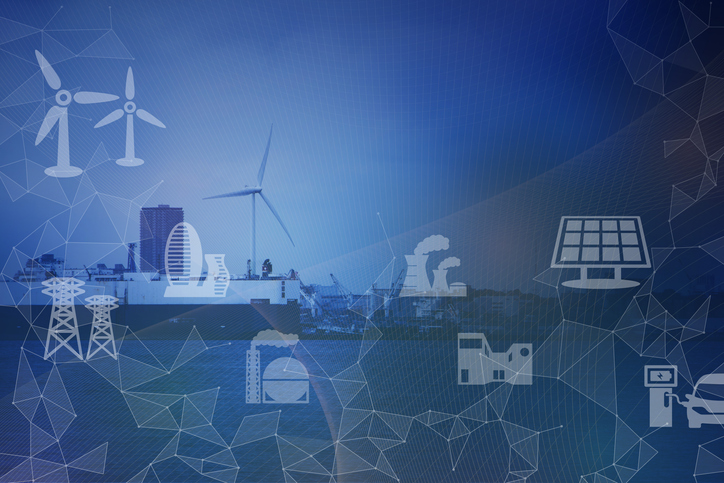
How does the internet of energy work?
Electricity and gas smart meters in people’s homes send packets of usage data via a home area network to a communications hub, which is installed at the same time as the smart meter.
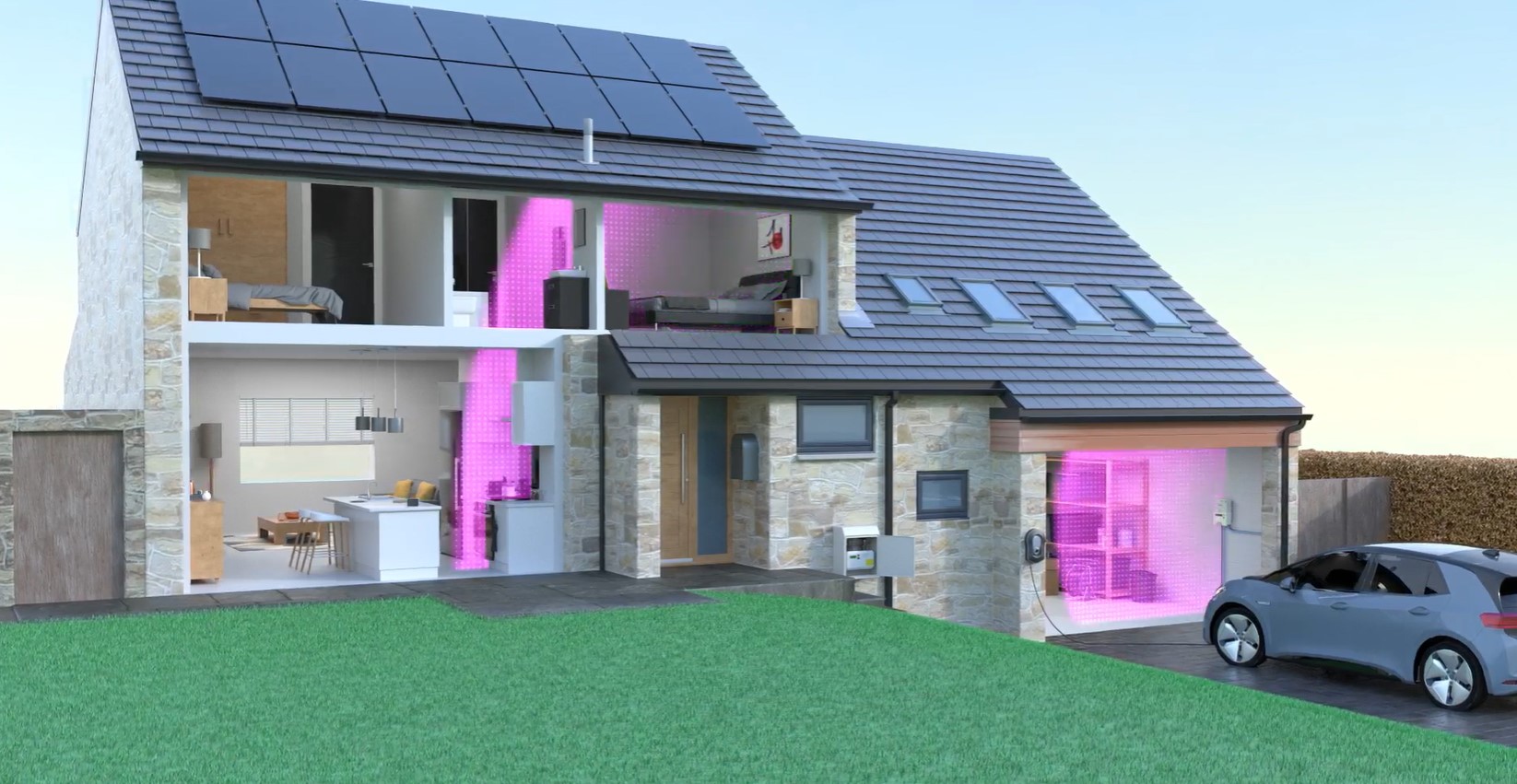
The communications hub sends the packet of usage data to energy retailers via a wide area network made up of mobile phone and radio masts.
Energy companies then combine consumers energy usage data with data from other energy assets.
These huge sets of data are processed and analysed using cloud computing to enable energy generators and the grid to respond flexibly to changes in supply and demand, meaning consumers can use energy when it’s at its most plentiful and cost efficient.
How is DCC connected to the Internet of Energy?
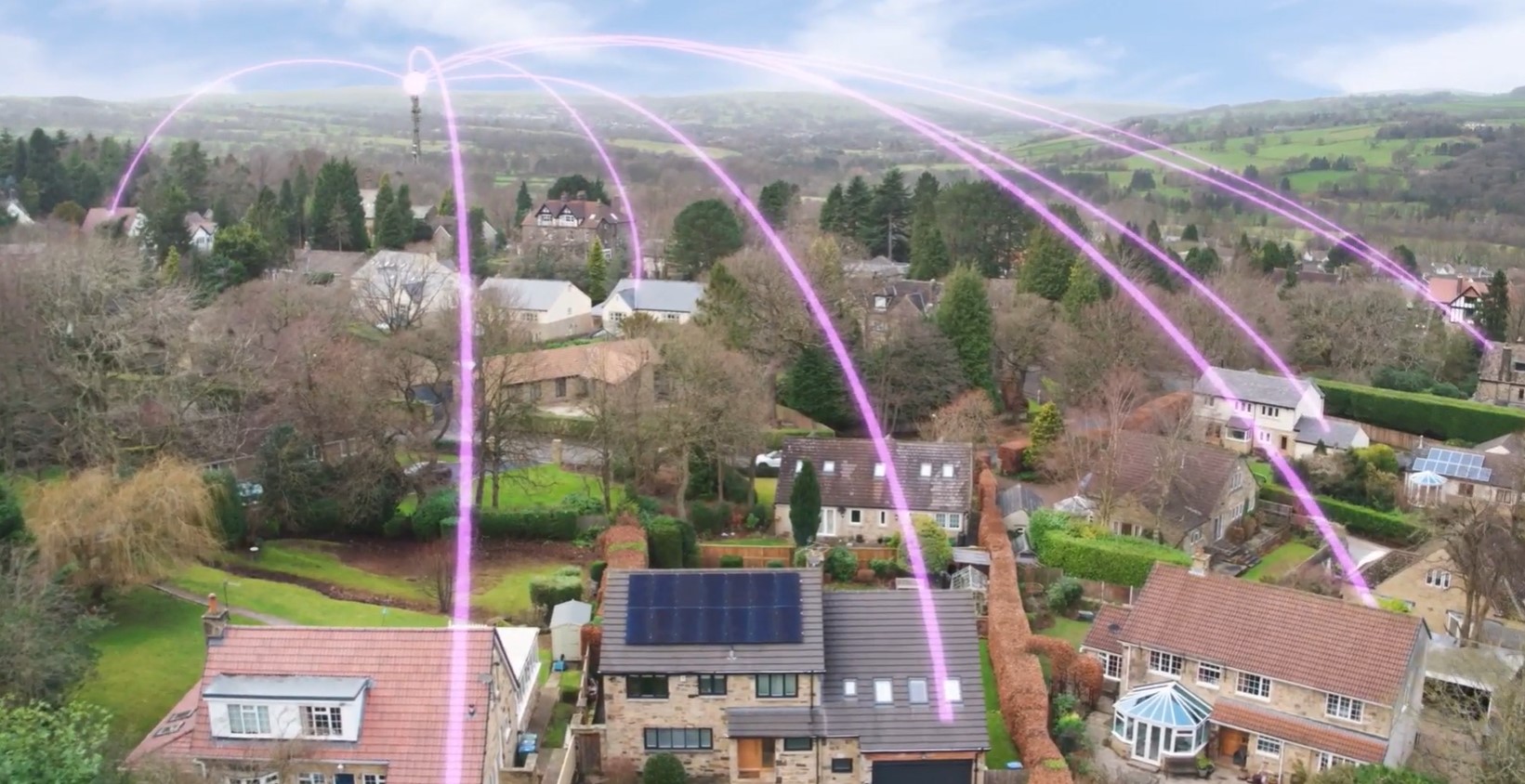
The DCC has built and maintains Britain’s smart meter network and is the digital spine of the energy system. Smart meters connect to the network to send packets of energy usage data from consumers homes to their energy retailer.
DCC’s network covers 99.3% of Britain and by 2025 three-quarters of household and small business in Britain will have a smart meter connected to them.
This will provide the near real time picture of energy consumption that Britain’s energy system will need to flexibly and automatically adapt to changes in supply and demand.
What can the Internet of Energy Things be used for?
The Internet of Energy, and the DCC smart meter network, can be used in many ways to help Britain’s consumers be as energy efficient as possible.
For example, you may have an electric car and solar panels installed, and during the day you’ll want your car to be charged from the solar panels on your roof. But during the night, you’ll need energy from the grid.
The Internet of Energy and smart meters are key to this, as they enable this change to happen.
The huge amount of data generated from the Internet of Energy can also be used to help improve society.
DCC and the Open Data Institute have recently launched a partnership, the Energy Data Initiative, to explore how the combined sets of data generated by the Internet of Energy can be securely held and used by energy retailers and other companies to provide a range of services and products to consumers.
For example, smart meter system data can potentially be used to help those suffering from fuel poverty.
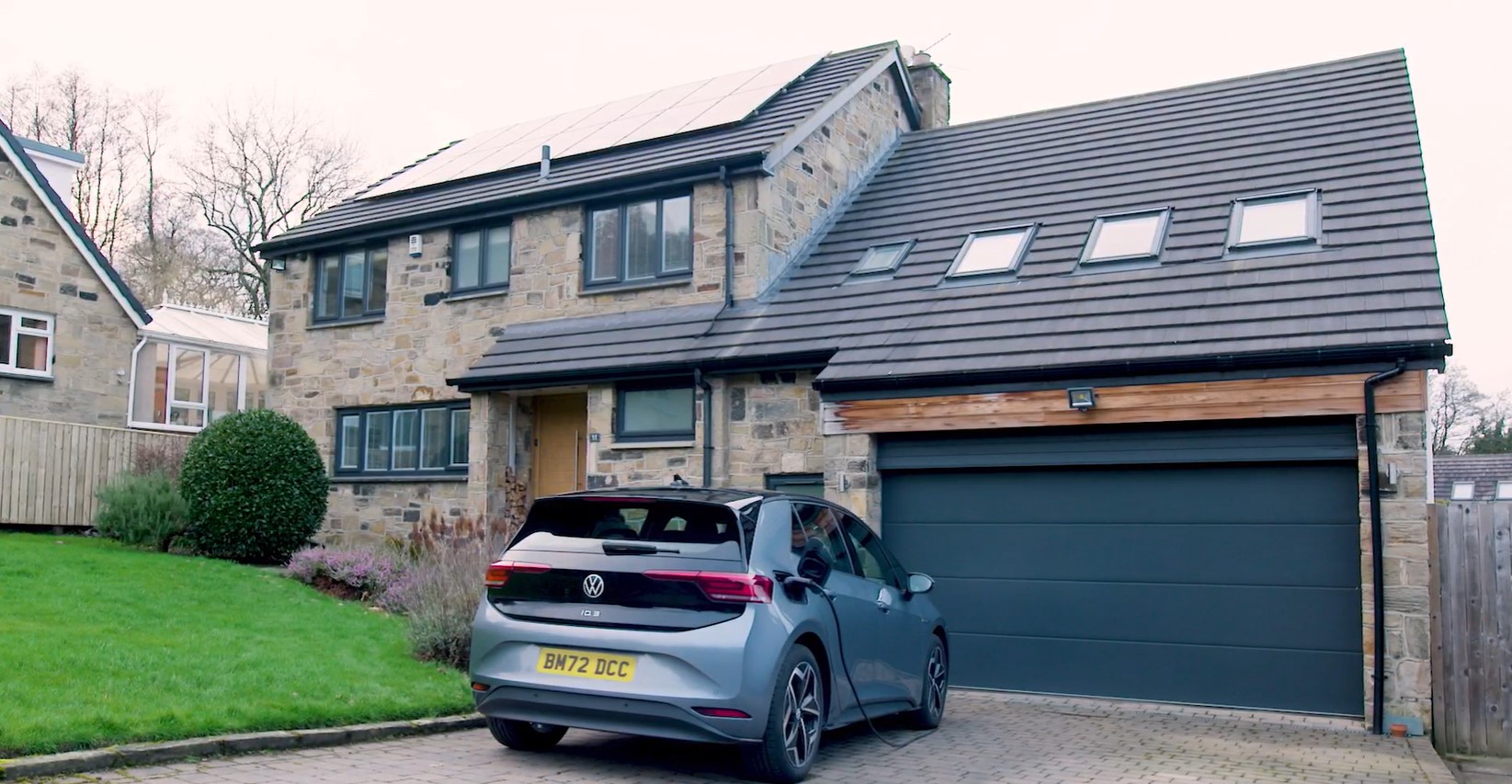
What are the challenges connected to the internet of energy things?
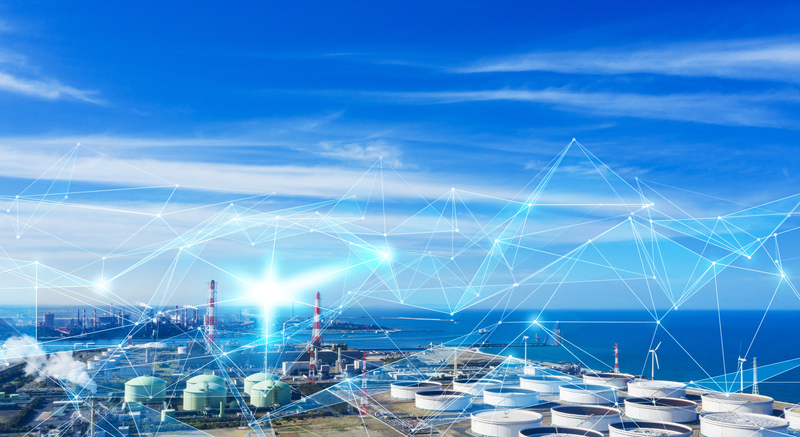
The Internet of Energy incorporates flexible technology platforms. However, coordination and cooperation between technologies, networks, and entities are essential.
The sheer complexity of the interconnections and system security and standardization issues is the greatest challenge for producers and consumers alike.
Why is the Internet of Energy Important?
The Internet of Energy aims to upgrade and automate energy production and distribution.
What’s more, the Internet of Energy will help the incorporation of renewable energy sources into the existing grid.
Climate change is driving renewable energy development, but currently, there is no easy way to bring that energy into the grid on a broad scale. As fossil fuel resources diminish, that inability brings an ever-increasing urgency to get renewable energy online.
Overcoming the challenges facing the continued development of the Internet of Energy means more efficient energy production and a more reliable energy supply that includes all energy sources. It also means lower energy development and production costs across the industry, resulting in more affordable energy for consumers.
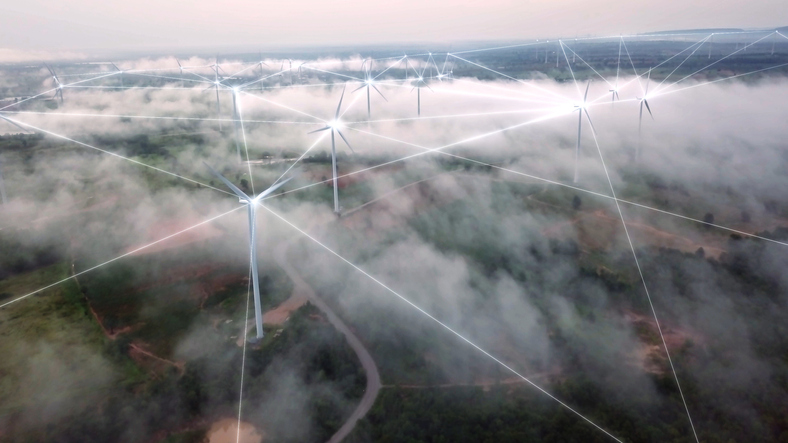
Further reading

